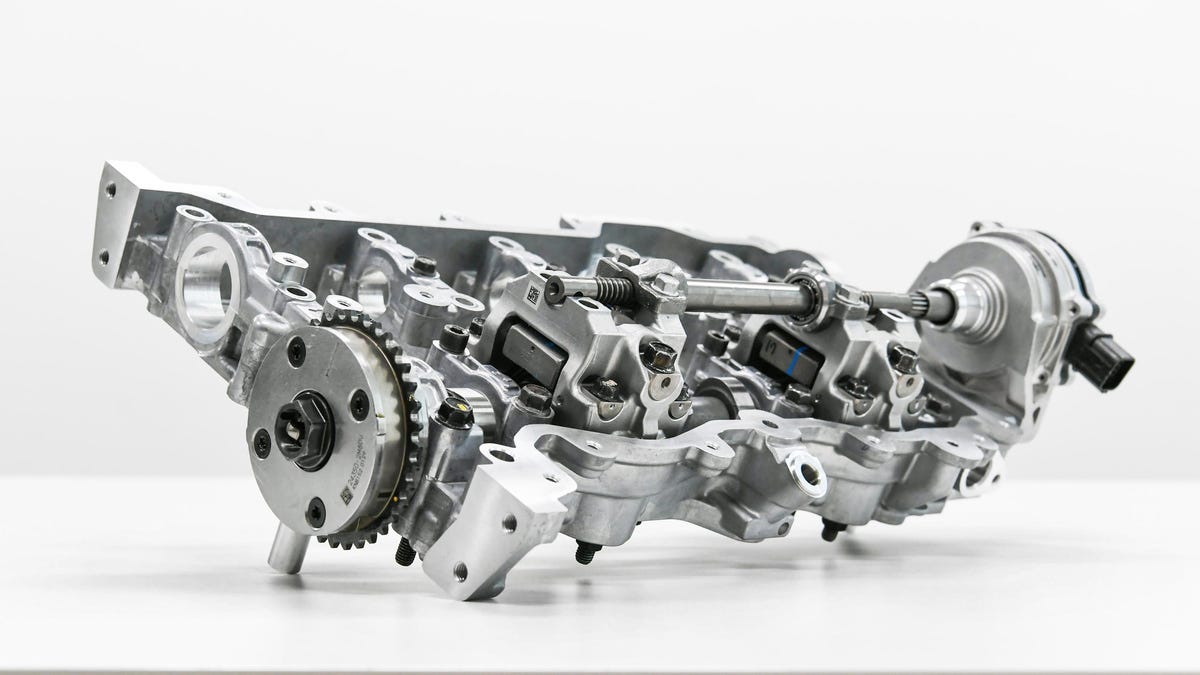Hyundai's new Continuously Variable Valve Duration tech boosts both power and efficiency
It'll debut on Hyundai's Smartstream engine family, starting with a 1.6-liter I4.
Variable valves are nothing new in the auto industry -- if you've heard one "VTEC Is kicking in" joke, you've no doubt heard 'em all. But that's not to say the idea behind variable valves has been completely explored, as we've learned from Hyundai and its latest piece of engine tech.
Hyundai on Wednesday unveiled its new Continuously Variable Valve Duration (CVVD) technology. According to the automaker, it's capable of increasing performance by 4% while simultaneously improving fuel efficiency by 5% and decreasing overall emissions by 12%. Those are some pretty impressive numbers, considering how modern engines are already squeezing out as much performance and efficiency as possible.
Unlike other systems we've heard about in the past, CVVD works by extending the time that a valve stays open. Specifically, the technology opens the intake valve during the middle and end of the compression stroke, which Hyundai claims reduces compression resistance, when the vehicle is at a constant speed and doesn't need maximum engine output. When a person puts the pedal down, the intake valve closes at the beginning of the cylinder's compression stroke, maximizing the amount of available air and improving performance.
That duration bit is key to understanding the difference between this and other variable-valve technologies. Variable valve timing adjusts when engine valves open and close during the usual four-stroke cycle. Variable valve lift controls the amount of air entering the cylinder by changing how far the valve opens. CVVD, according to Hyundai, allows for more flexibility based on the current driving style.
Hyundai's CVVD tech will make its debut in Hyundai's new Smartstream engine family, which will appear in the new Sonata and Venue vehicles to start. Specifically, it will be included in a 1.6-liter turbocharged I4 with 180 horsepower and 195 pound-feet of torque. That motor will make its first appearance in the Hyundai Sonata Turbo, which is slated to come out later this year.


